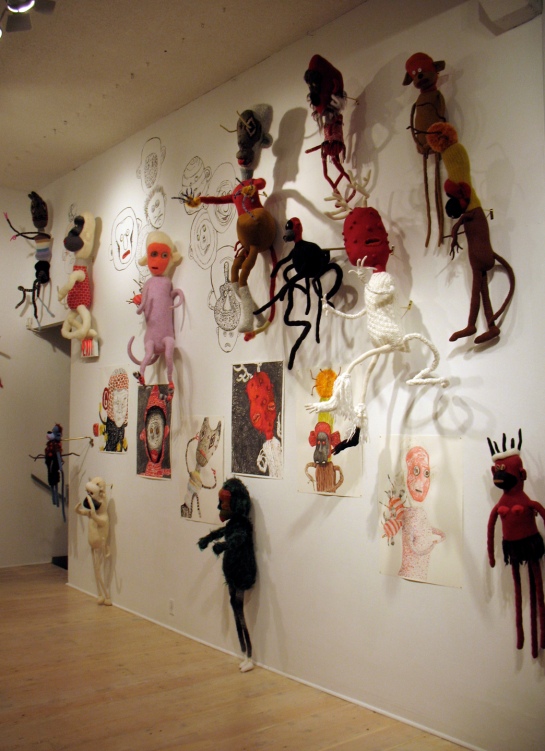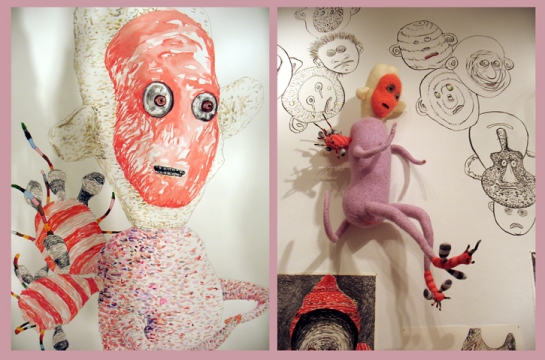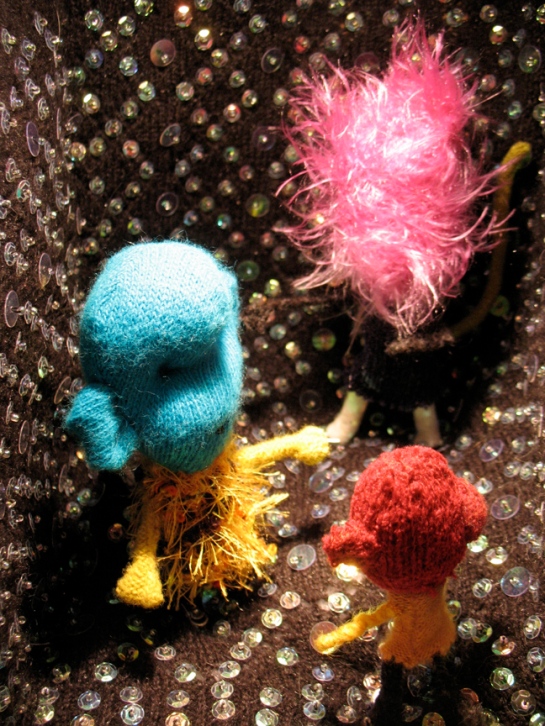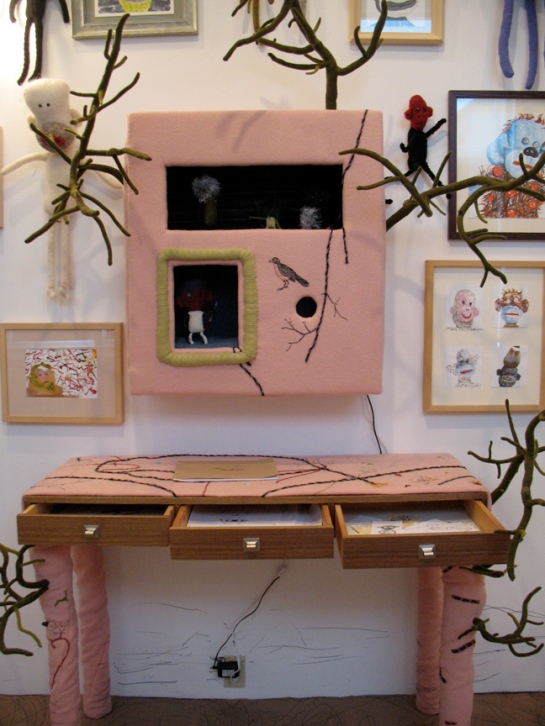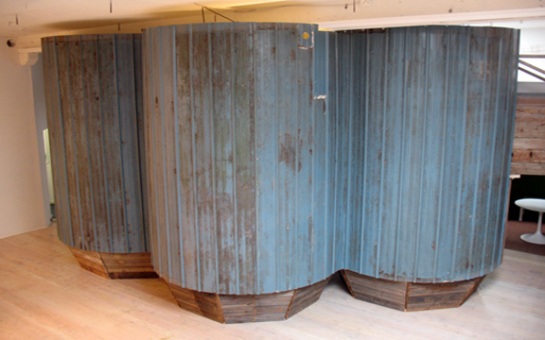Human beings are physical objects.
The human body occupies and animates space.
What do you do with your body everyday?
Eat. Move stuff around. Drink. Work. Function. Fail. Desire. Walk. Sleep.
Logue is inclined to examine what we do with and how our bodies motivate us.
She performs voluntary physical tasks using her body as device and subject. She records her body’s motions and momentum on video and replays the actions in the public gallery space. The work is physically sculptural, visual and aural and viscerally atmospheric, dreamy and oral. Logue’s gestures, throwing, eating, hefting, caressing resonate in scale with the screens. Logue’s videos are a self-portrait and also “our” personal experienced ecstasy, pain, shame and lust; in Logue’s video mirror you see yourself, your self-consciousness self looking at yourself.
The gestures, habits, everything the body needs, the accidents, the eventualities of age, gendered subjectivities, and the inclination to live– caught in struggle Logue says “between comfort and trauma”.
 Hobbs Obliques, 2012 [8 mins] Single channel video projection and laminate flooring (photo by Deirdre Logue) “Taking place at 3841 Hobbs Street in Victoria, BC, this work investigates duality, geometry and domestication. Hobbs Obliques is an immersive and mildly disorienting work, experienced from the perspective of the camera as it is pulled, at ankle level, on a three-legged dolly through the artist’s almost empty and mostly unfamiliar new home. As the camera collides with the domestic, the performercelebrates the unpredictable.” -Deirdre Logue
Hobbs Obliques, 2012 [8 mins] Single channel video projection and laminate flooring (photo by Deirdre Logue) “Taking place at 3841 Hobbs Street in Victoria, BC, this work investigates duality, geometry and domestication. Hobbs Obliques is an immersive and mildly disorienting work, experienced from the perspective of the camera as it is pulled, at ankle level, on a three-legged dolly through the artist’s almost empty and mostly unfamiliar new home. As the camera collides with the domestic, the performercelebrates the unpredictable.” -Deirdre Logue
 Velvet Crease, 2012 [2 mins. 23 sec.] Deirdre Logue Three channel video (photo by Garth Rankin). “The Velvet Crease takes place over three large screens representing the Id, Ego and Superego. Each channel is spinning a revision of Freuds’ psychic apparatus by placing, front and centre, not the artist’s genital anxieties and castrated woes but rather a refractive and empowered disco portrait of her mastery.”-Deirdre Logue
Velvet Crease, 2012 [2 mins. 23 sec.] Deirdre Logue Three channel video (photo by Garth Rankin). “The Velvet Crease takes place over three large screens representing the Id, Ego and Superego. Each channel is spinning a revision of Freuds’ psychic apparatus by placing, front and centre, not the artist’s genital anxieties and castrated woes but rather a refractive and empowered disco portrait of her mastery.”-Deirdre Logue
 Dual Lunch, 2012 [11 mins. 44 sec.] Deirdre Logue Two channel video (photo by Garth Rankin). “The eating of the same meal is seen from 2 different yet relative camera perspectives. Like watching a grasshopper at the grass blade, each image is a distinct reflection on the labour of existence and the monotony of survival.”-Deirdre Logue
Dual Lunch, 2012 [11 mins. 44 sec.] Deirdre Logue Two channel video (photo by Garth Rankin). “The eating of the same meal is seen from 2 different yet relative camera perspectives. Like watching a grasshopper at the grass blade, each image is a distinct reflection on the labour of existence and the monotony of survival.”-Deirdre Logue
Opening: Friday, July 13, 7 p.m. Exhibition: July 13 to August 4, 2012 Open Space Artist Run Centre

